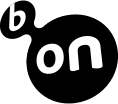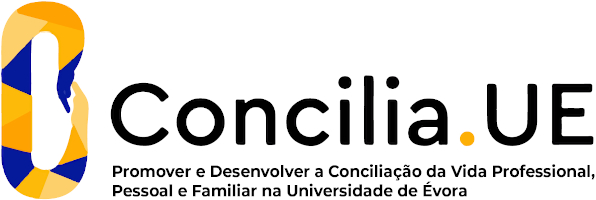2025
Communication techniques
Name: Communication techniques
Code: VIS13967D
3 ECTS
Duration: 15 weeks/78 hours
Scientific Area:
Education Sciences, Design, Linguistics
Teaching languages: Portuguese, English
Languages of tutoring support: Portuguese, English
Regime de Frequência: Presencial
Presentation
The curricular unit aims to provide the students with tools that allow them to communicate effectively in non-formal contexts of their professional life.
Sustainable Development Goals
Learning Goals
From the content point of view, the students should know:
a) the principles of an effective communication
b) the different types of oral and written communication and their norms
c) the principles of plain language in Portuguese
d) the principles of organization of oral and written communications
e) the principles of design of written communication
f) techniques for audience relationship, captivation and persuasion
From the competence point of view, the students must:
a) recognize the importance of adapting oral and written speech to different audiences and communication contexts
b) use plain language skills in oral and written communications
c) use the knowledge acquired in writing science texts for lay people, press releases, social media posts and emails
d) develop discursive skills
e) recognize the importance of nonverbal communication
f) use the knowledge acquired in science oral presentations, interviews and press conferences, debates and job interviews.
a) the principles of an effective communication
b) the different types of oral and written communication and their norms
c) the principles of plain language in Portuguese
d) the principles of organization of oral and written communications
e) the principles of design of written communication
f) techniques for audience relationship, captivation and persuasion
From the competence point of view, the students must:
a) recognize the importance of adapting oral and written speech to different audiences and communication contexts
b) use plain language skills in oral and written communications
c) use the knowledge acquired in writing science texts for lay people, press releases, social media posts and emails
d) develop discursive skills
e) recognize the importance of nonverbal communication
f) use the knowledge acquired in science oral presentations, interviews and press conferences, debates and job interviews.
Contents
1. Communication:
- general concepts
- channels, codes, meanings and contexts
- noise and communication facilitators
- style
- verbal and nonverbal communication
- oral and written communication
2. Written communication:
- different types of writing: formal, informal, academic, literary, journalistic, technical, advertising; social media
- subjectivity vs objectivity
- techniques of plain language writing
- typography, layout and graphics
- non-formal science communication writing
- writing press releases
- writing emails
- writing on social media
3. Oral communication:
- different types of oral communication: informative and persuasive
- preparation of an oral presentation
- techniques for facing, captivating and persuading the audience
- the importance of storytelling
- the tone of voice
- nonverbal communication
- visual aids to oral communication - information design
- interviews and press conferences
- debates: the art of disagreeing and arguing
- job interviews
- general concepts
- channels, codes, meanings and contexts
- noise and communication facilitators
- style
- verbal and nonverbal communication
- oral and written communication
2. Written communication:
- different types of writing: formal, informal, academic, literary, journalistic, technical, advertising; social media
- subjectivity vs objectivity
- techniques of plain language writing
- typography, layout and graphics
- non-formal science communication writing
- writing press releases
- writing emails
- writing on social media
3. Oral communication:
- different types of oral communication: informative and persuasive
- preparation of an oral presentation
- techniques for facing, captivating and persuading the audience
- the importance of storytelling
- the tone of voice
- nonverbal communication
- visual aids to oral communication - information design
- interviews and press conferences
- debates: the art of disagreeing and arguing
- job interviews
Teaching Methods
The curricular unit consists of 5 modules. Each module has a seminar for presentation of concepts and tools and one or more practical exercises in which students develop written texts and prepare oral presentations in different communication scenarios. Students work will be analyzed and evaluated as a group.
Continuous evaluation:
- practical exercises developed in (50%)
- final written work (25%)
- final oral presentation (25%) of which:
- self-assessment (20%)
- peer-assessment (20%)
- evaluation by the teacher (60%)
Continuous evaluation:
- practical exercises developed in (50%)
- final written work (25%)
- final oral presentation (25%) of which:
- self-assessment (20%)
- peer-assessment (20%)
- evaluation by the teacher (60%)
Teaching Staff
- João Carlos de Bettencourt Bacelar [responsible]





















